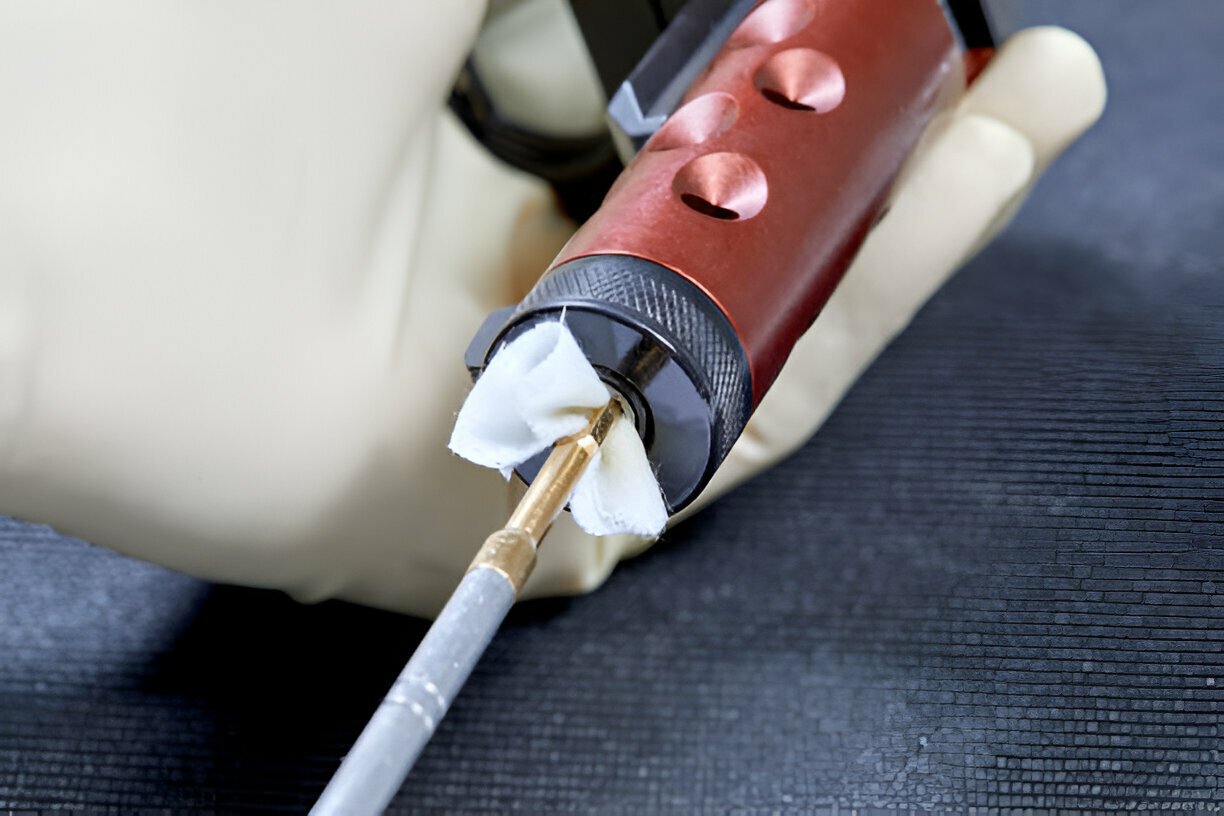Suppressors (or silencers) are a valuable addition to any firearm, offering noise reduction, recoil mitigation, and improved shooting accuracy. However, like any firearm component, they require regular maintenance to function effectively. A neglected suppressor can accumulate carbon, lead, and copper fouling, which can negatively impact performance and longevity. In this guide, we’ll break down the importance of suppressor maintenance, the tools you need, and the step-by-step process to keep your suppressor in peak condition.
Why Regular Suppressor Maintenance Matters
Suppressors are subjected to extreme heat and pressure with every shot, causing carbon and debris to build up quickly. According to a study by SilencerCo, a leading suppressor manufacturer, excessive fouling can decrease noise suppression efficiency by up to 20% over time. Furthermore, buildup inside the suppressor can increase backpressure, leading to reliability issues with your firearm. Regular maintenance ensures that:
- Your suppressor maintains optimal noise reduction.
- Carbon and lead fouling do not cause blockages.
- Threaded components remain easy to attach and remove.
- Corrosion and premature wear are minimized.
Tools and Materials Needed for Cleaning
Before diving into the cleaning process, gather the necessary tools and materials:
- Suppressor-specific cleaning solvent (such as Slip 2000 Carbon Killer or Hoppe’s No. 9)
- Ultrasonic cleaner (optional but highly effective)
- Nylon and brass brushes (to scrub carbon buildup)
- Cotton patches or microfiber cloths
- Cleaning rod or flexible cleaning cable
- Compressed air or canned air (for drying)
- High-temperature lubricant (for reassembly)
- Rubber gloves (to protect your hands from chemicals)
Step-by-Step Suppressor Cleaning Guide
1. Disassemble the Suppressor
Before cleaning, check your suppressor’s manufacturer guidelines. Some suppressors are user-serviceable (like those from Dead Air and SilencerCo), while others are sealed units that require professional servicing.
- If your suppressor is modular, carefully unscrew the end caps and baffles.
- Place all components on a clean, dry surface.
2. Soak Components in Solvent
Submerge the baffles and other removable parts in a solvent solution. Let them soak for at least 30 to 60 minutes to break down stubborn carbon deposits.
- For extreme fouling, use an ultrasonic cleaner to agitate the solvent and remove debris more effectively.
- If an ultrasonic cleaner isn’t available, manually scrub the baffles with a nylon or brass brush.
3. Scrub Away Carbon Deposits
After soaking, scrub each component using a soft-bristled brush or cleaning rod. Focus on areas where carbon buildup is heaviest.
- Be careful not to use steel brushes, as they can scratch aluminum or titanium components.
- If deposits remain, apply additional solvent and let the parts soak longer.
4. Rinse and Dry Thoroughly
Once clean, rinse the suppressor components with warm water or a clean solvent to remove residue.
- Use compressed air to blow out excess moisture from tight spaces.
- Let all parts air dry completely before reassembly to prevent corrosion.
5. Apply Lubrication and Reassemble
Before putting the suppressor back together:
- Apply a thin layer of high-temperature lubricant to threads and moving parts to prevent seizing.
- Carefully reassemble the suppressor, ensuring all components are properly aligned and secured.
Long-Term Suppressor Maintenance Tips
To ensure your suppressor lasts for years, follow these best practices:
- Clean your suppressor every 300-500 rounds (or more frequently for rimfire calibers, which produce more carbon buildup).
- Store in a dry environment to prevent rust or corrosion.
- Use non-corrosive ammunition to reduce fouling and wear.
- Avoid overheating by allowing cooldown periods between rapid-fire sessions.
- Periodically inspect threads and mounting points for wear or damage.
Conclusion
A well-maintained suppressor not only performs better but also extends its lifespan, saving you money in the long run. By incorporating regular cleaning into your firearm maintenance routine, you’ll ensure your suppressor continues to operate at peak efficiency. Whether you’re a recreational shooter or a professional, taking the time to clean and maintain your suppressor will pay off in improved performance and reliability.
By following these steps, you can keep your suppressor in top condition and get the most out of your investment for years to come.



